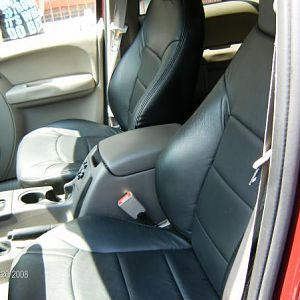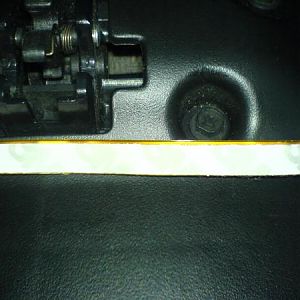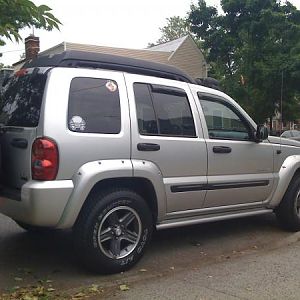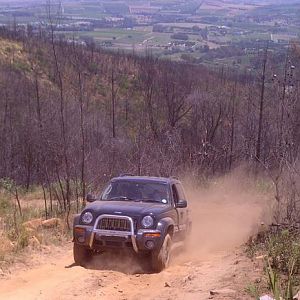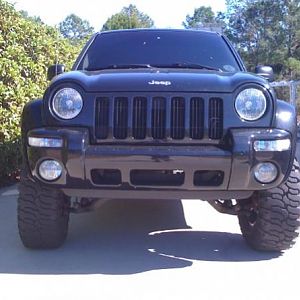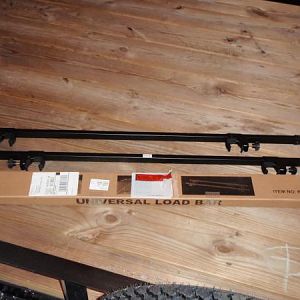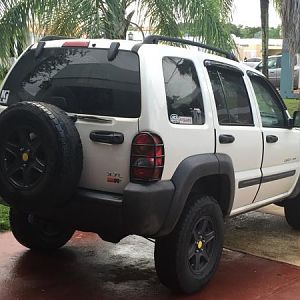Ram-air is functional, and is effective - stick your hand out the window, palm horizontal, at 30mph^, note the pressure on your hand\arm - rotate your palm vertical, note the sudden pressure increase that forces your hand\arm rearward, requiring greater muscle effort to maintain position - compare that with the same effect when vehicle is motionless - that is ram-air pressure - compare the surface area of your palm to the inlet area of the snorkel
Further comparison for reference can be seen by removing the air filter, placing your palm in front of the engine air inlet in the airbox, but not completely blocking airflow (that'll hurt!!) - slowly rev the engine, noting the increasing pull on your palm as the engine pumps more and more air - when that pull requires as much muscle effort as sticking your palm out the window at forward vehicle movement, your engine has reached the volume of pumped intake where ram-air is not effective - relative, of course, to engine rpm and mph
Part of that effect when moving is the air flowing against your palm, having nowhere to go, rushes up and over either side of your hand, creating a low-pressure area behind your hand
Same effect with the snorkel - forward-facing allows some of the higher-pressure flow into the opening and down into the engine - rear-facing into the reduced-pressure area behind the snorkel reduces flow, similarly.
Note the placement of the tailpipe outlet - same concept: high pressure area in front of the vehicle, low pressure area behind the vehicle - this promotes increased airflow thru the engine: intake in the higher pressure area up front, compression, combustion, exhaust in the lower pressure area behind - even lower pressure is available behind either rear tire, one reason for placing tailpipes in that area
(Another reason is that catalytic convertors turn gasoline combustion byproducts into H2SO4, which resulted in peeling paint, oxidized aluminum, rusted metal, peeling chrome on vehicles, resulted from blowing exhaust gasses directly out into the path of any vehicles on the road behind any other vehicles - side-exit tailpipes resulted in less-direct dispersal by blowing into the faster-flowing air either side of moving vehicles)
Ram-air is effective, until displaced airflow thru that big air-pump under the hood exceeds the volume of ram-air entering the inlet, usually at high-rpm, particularly in racing, where high surface-speeds require spoilers at the rear to decrease turbulence behind the vehicle - the following vehicle, drafting the lead vehicle, takes advantage of that effect by running in the area of reduced turbulence, also suffers due to losing the pressure effect, losing any ram-air effect - at those speeds, airflow thru the engine can approach, even exceed airflow across the vehicle, so the draft effect can gain some advantage
It may be seen that, at lower than racing speeds, engine at fwot, as in standing-start drag-racing, engine displaced airflow way exceeds ram-air flow, so the effect is nil or reduced at lower speeds - however, at normal engine rpms, commensurate with normal forward vehicle speeds, any slight ram-air effect advantage gained from forward-facing air inlet far exceeds the reduced-pressure effect from rear-facing air inlet
Any moisture collected by the snorkel, being denser than air, will sling out of the airflow at any curve and bend, and should exit out of the drain holes in the ducting and airbox - however, it should be noted that those holes also allow moisture into the air path in extremely wet conditions, particularly when fording streams - goes without saying that depth is critical - however, speed is just as critical, as resulting splash is just as effective as submersal, where splash has same effective pressure as is created by any forward movement thru the water which results in splash.
Stack'em high, face'em foward for best results, slightly down-facing to reduce water-ingestion when standing still in rainy weather - wouldn't want yer sealed-for-fording airbox to fill with sky-water overnite, eh............


